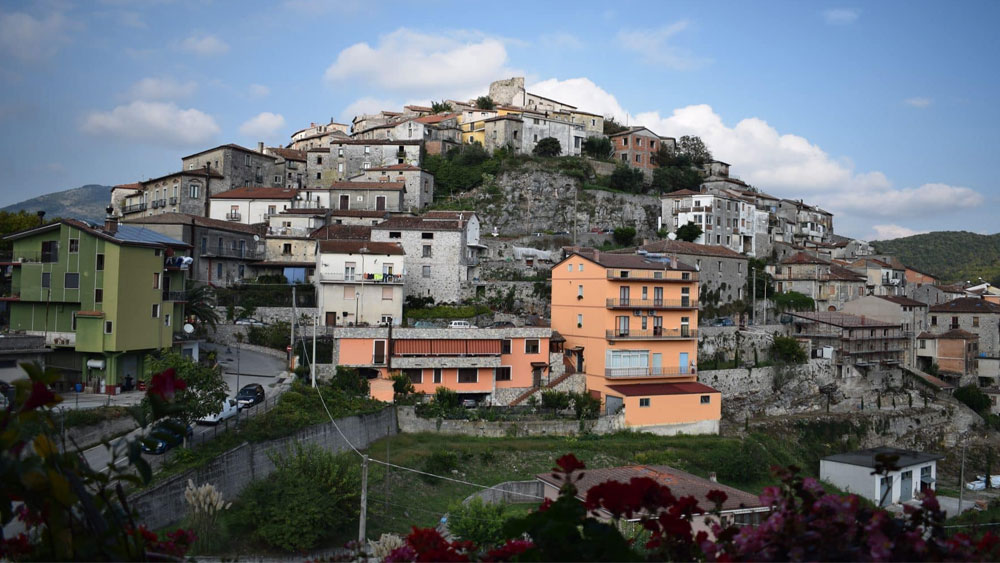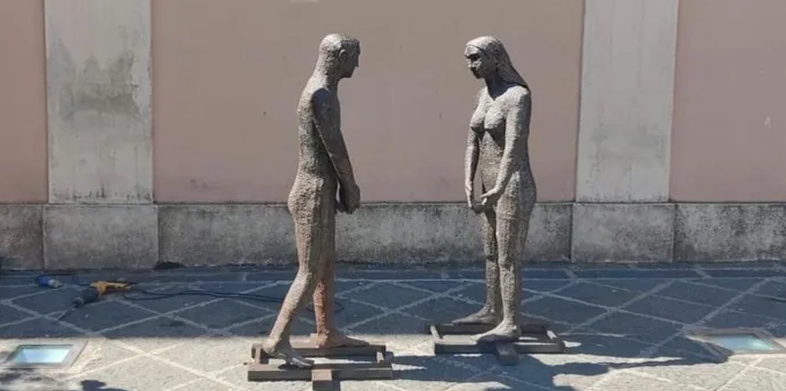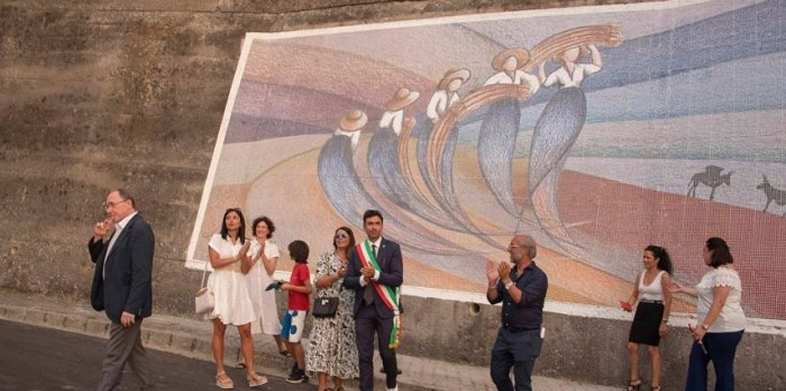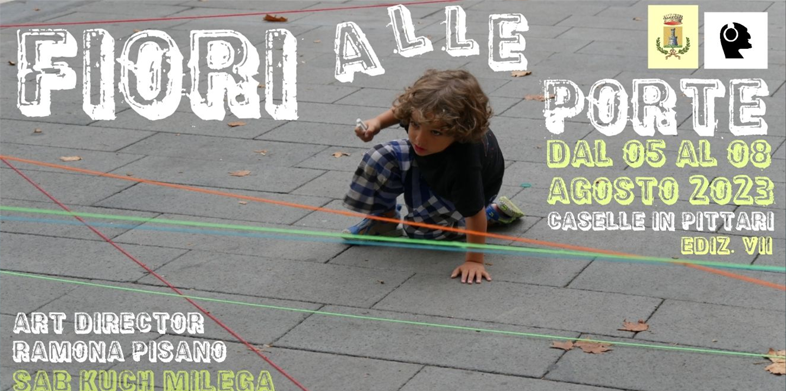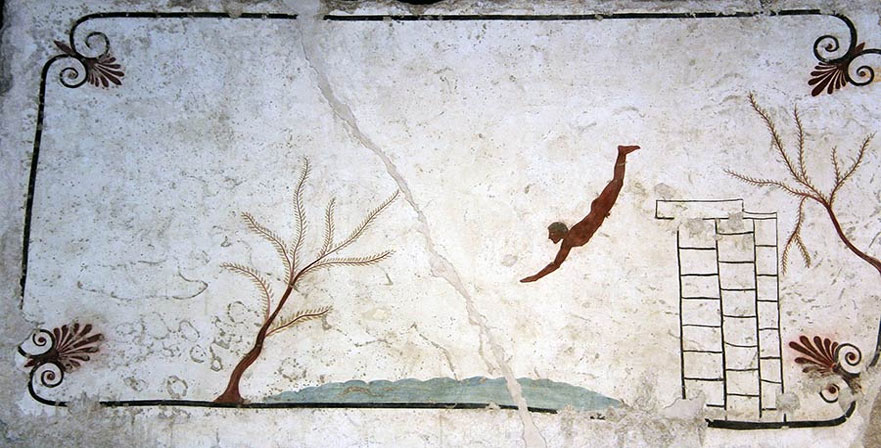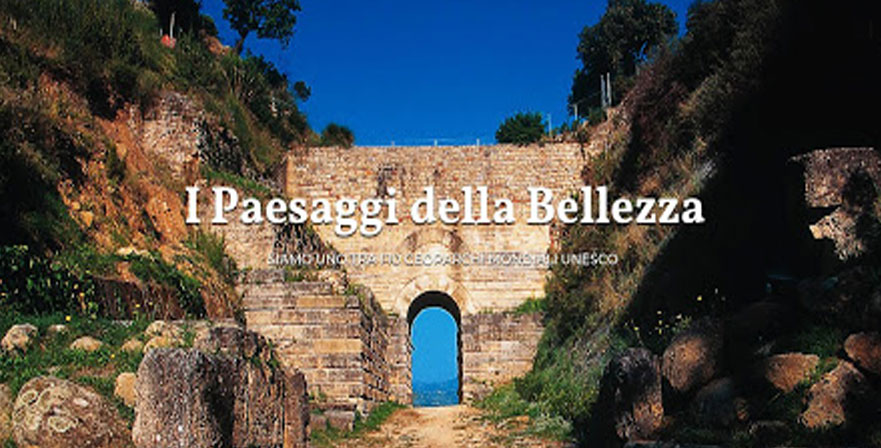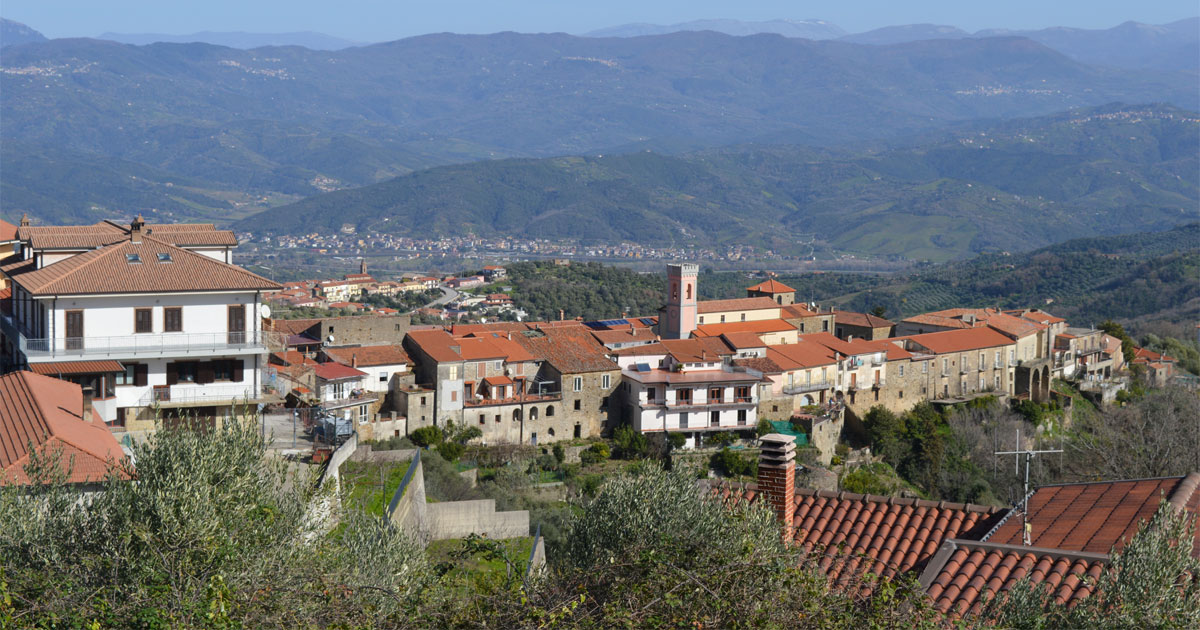Poche e frammentarie sono le notizie storiche relative all’origine di questa chiesa. Probabilmente risale al sec. XIV e, a quell’epoca, era composta da una sola navata; le due navate laterali furono aggiunte solo nel sec. XVIII. I lavori di restauro e abbellimento, realizzati dai fedeli nel 1988, hanno dato all’edificio l’aspetto attuale, rustico e privo di ornamenti, con pochi altari e statue.
L’attenzione è tutta focalizzata sulla nicchia con la statua di Maria SS. Assunta, a ridosso dell’altare maggiore. La navata centrale è separata da quelle laterali da tre grandi archi ed ha un soffitto perlinato che, un tempo, era di legno e vi era raffigurata la Vergine con i 12 Apostoli. Accanto all’ingresso principale è collocata la tomba di Nicola Mottola, giovane caduto della I guerra mondiale, mentre in fondo alla navata sinistra si trova quella di Gian Vincenzo Coppola, ultimo discendente dei baroni di Valle.
Nella navata di destra è collocato l’altare del Crocifisso citato dalle fonti storiche. Un piccolo ingresso dietro l’altare maggiore consente l’accesso all’antico cimitero di Valle, recentemente ampliato. Singolare è la collocazione del campanile, posto a circa 30 m dalla chiesa, alto poco meno di 15 m e completamente vuoto all’interno.
Sotto il tetto a cupola è sospesa l’unica campana, ottenuta dalla fusione di una campana rotta che si trovava sul campanile della chiesa di S. Nicola. Secondo una tradizione orale un tempo in questo luogo doveva esserci un gruppo di case denominato appunto Valletelle, come testimoniano i ruderi di vecchie costruzioni che a volte affiorano durante i lavori agricoli.
A cura del Prof. Antonio Malatesta
There are few and patchy historic information about the origins of the church, it is probably from the 14th century. At that time it had only a nave, the twos aisles were an 18th century extension. The restoration completed in 1988 set the current church style, that’s rustic, without decorations and with few altars and statues.
All the attention has been paid to the niche containing Our Lady of the Assumption statue, close to the main altar. The nave is divided from the aisles by three wide arches. The ceiling is match boarded and was long ago made of wood and there was also a portrayal of the Virgin with the Twelve. Next to the main entrance there is the Nicola Mottola’s tomb, a young •victim of World War I.
At the end of the Ieft aisle there is the Gian Vincenzo Coppola’s tomb, last member of the barons of Valle. In the right aisle is placed the altar of the Crucified mentioned in the historical sources. Through a small exit, on the back of the main altar, you can get to the old, recently restored cemetery of Valle. !t is odd that the beli tower had been placed at 30 meters far from the church.
It’s a bit less than 15 meters height and completely empty inside. Under the dome-shaped roof there is only beli, coming from the melting of a broken bell belon-ged to the beli tower of the S. Nicola Church. Based on oral tradition, around this piace there was a group of houses called Valletelle. The finding of ruins of old houses folloving agricultural works is an evidence of it.
Edited by Prof. Antonio Malatesta



